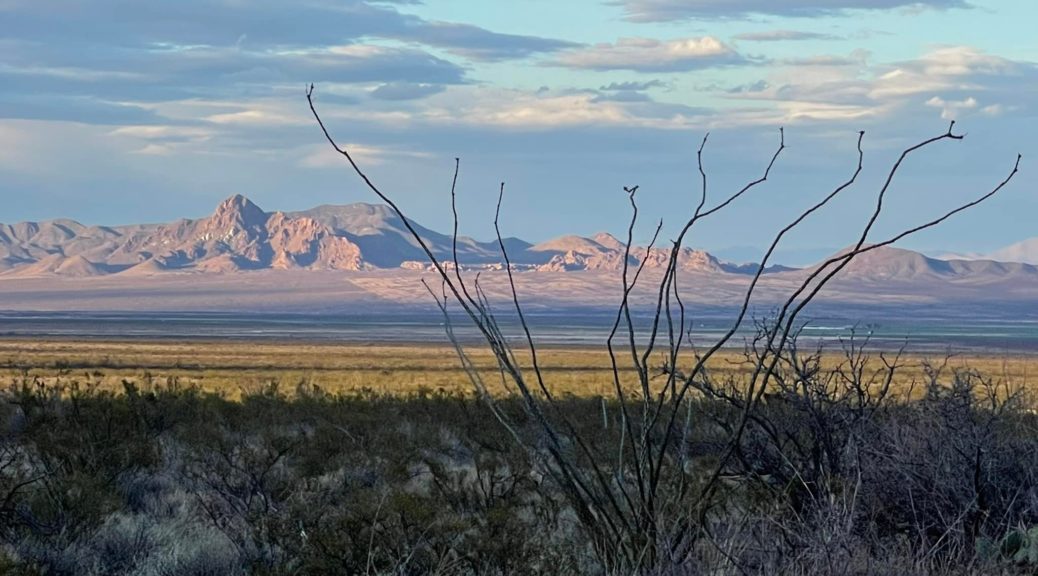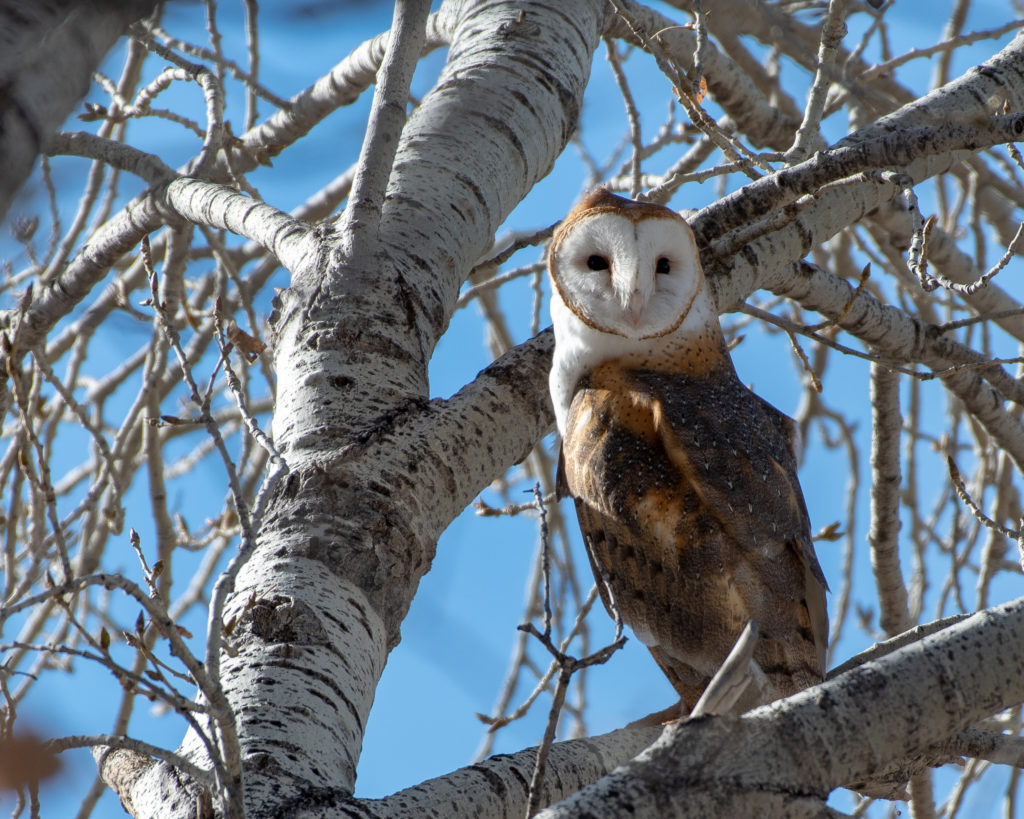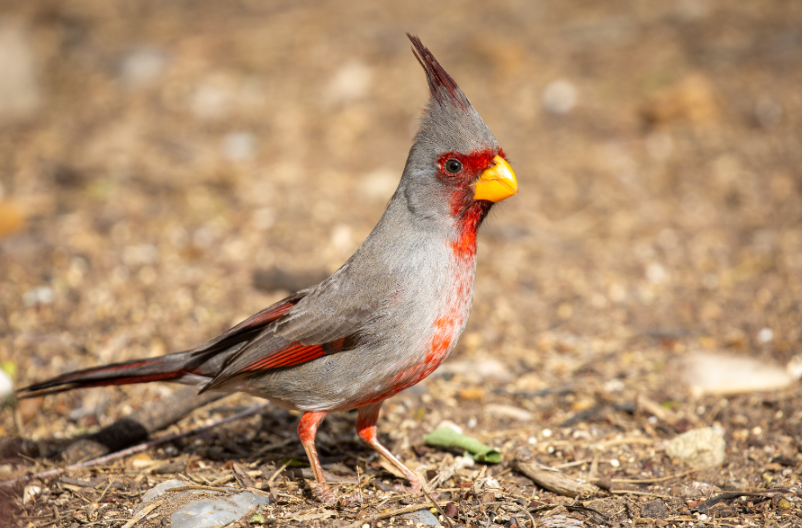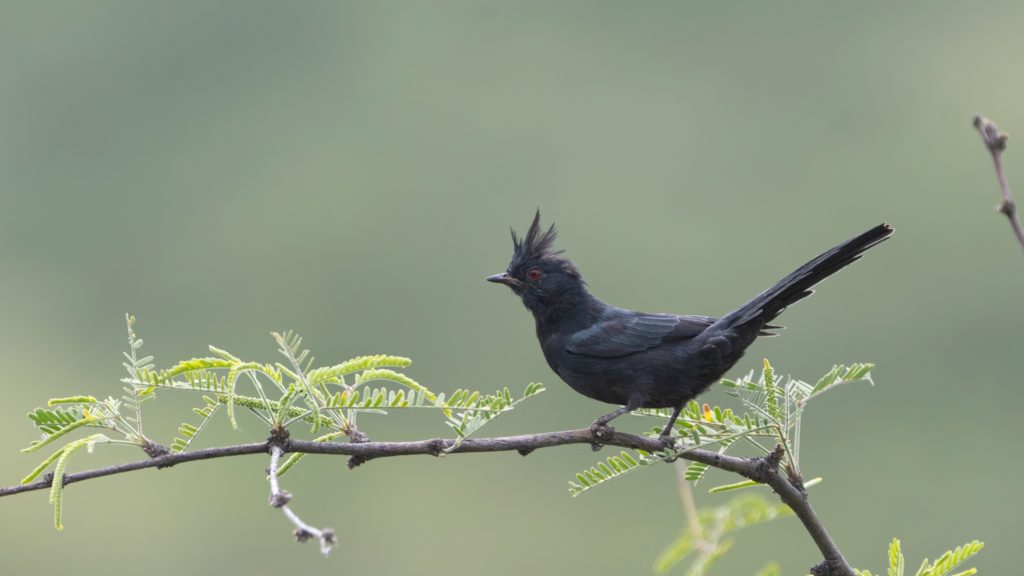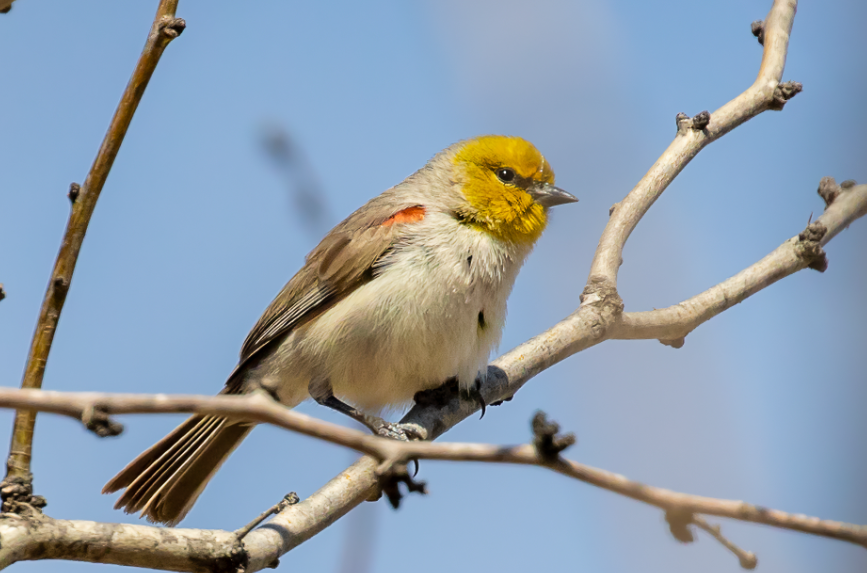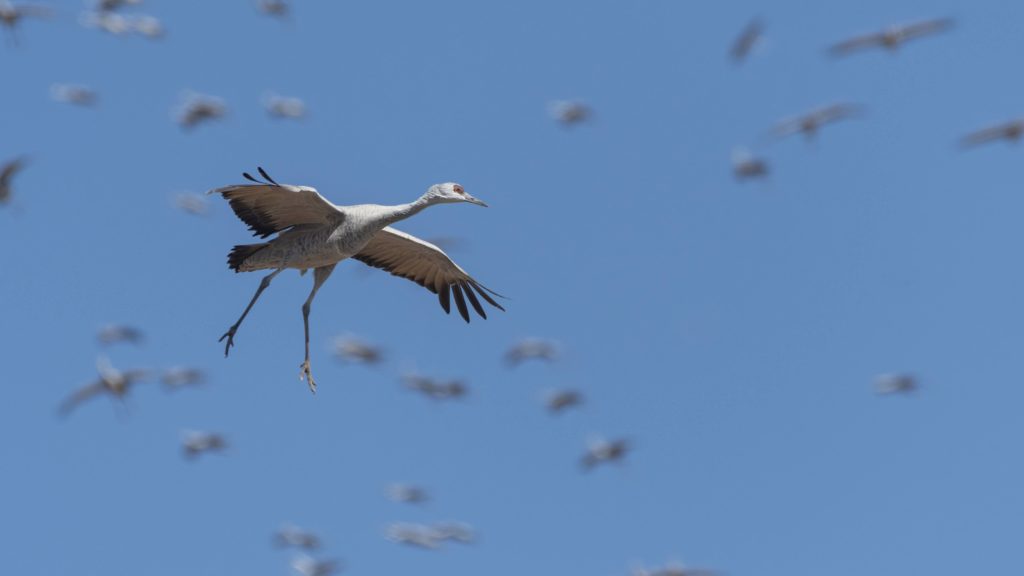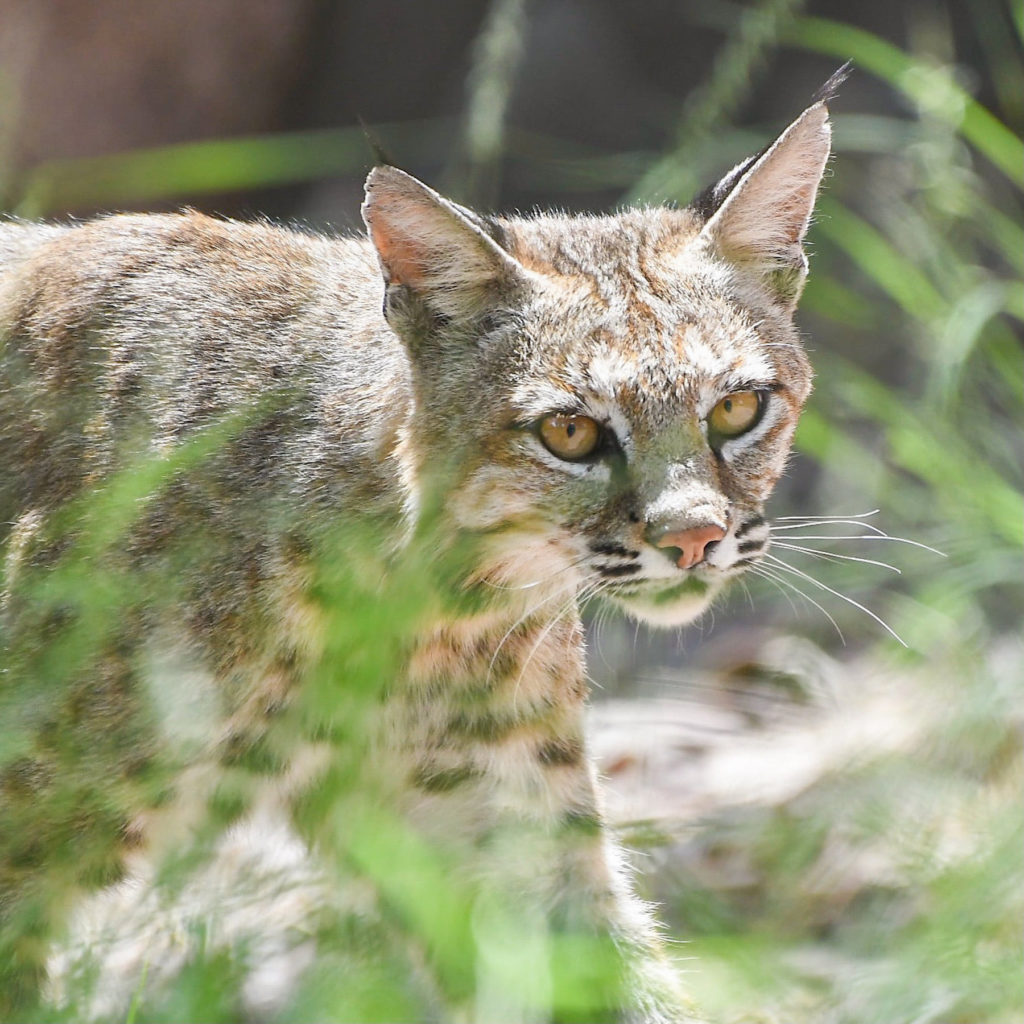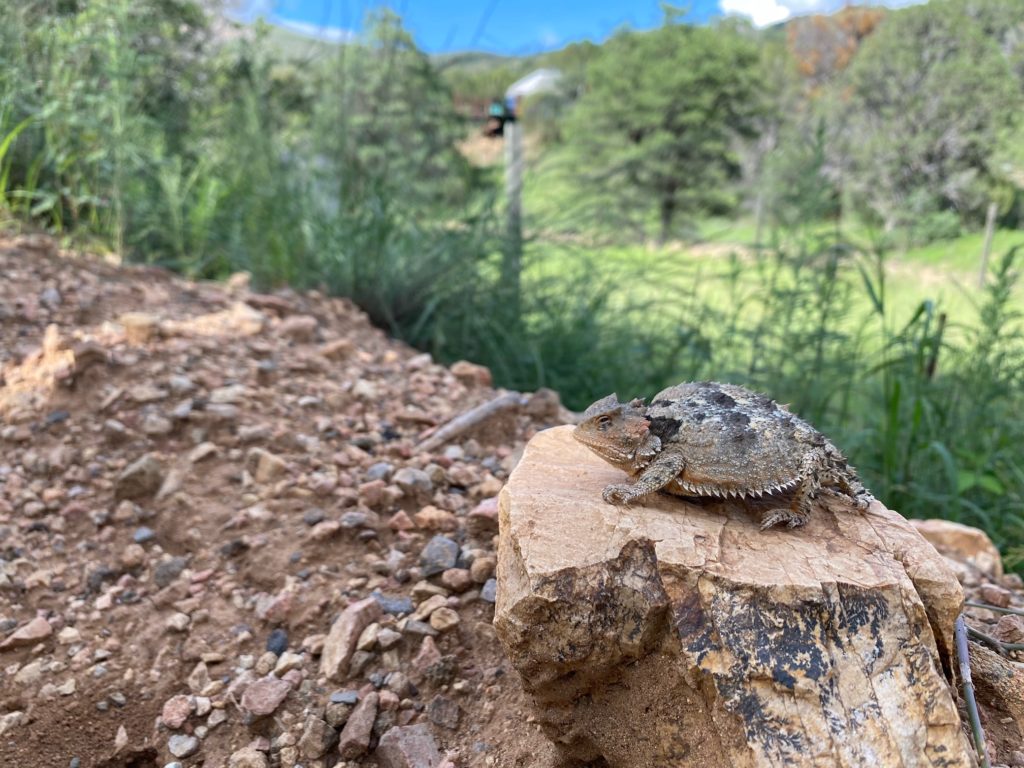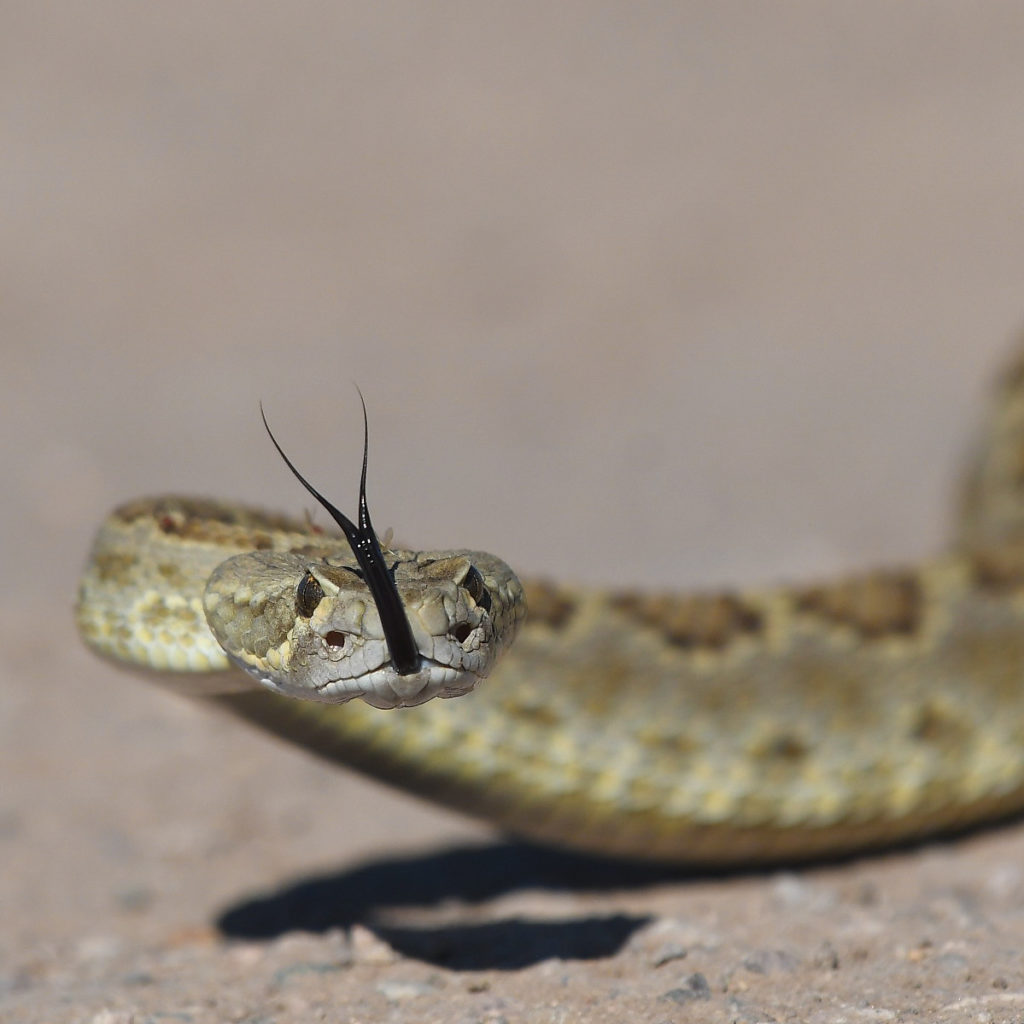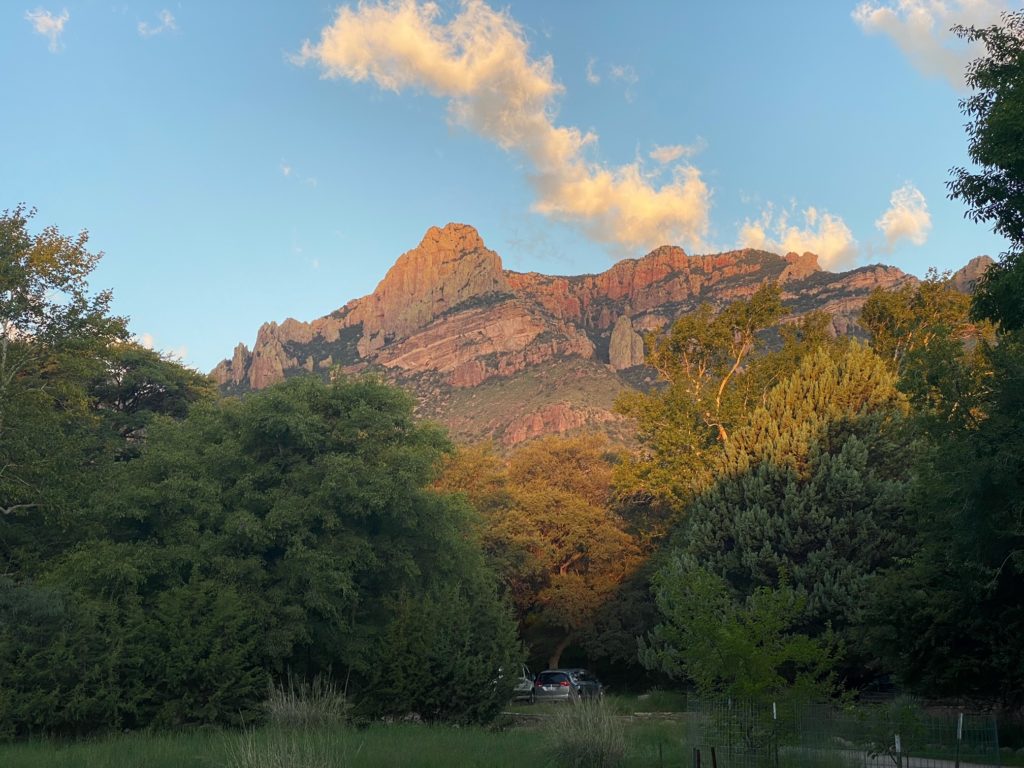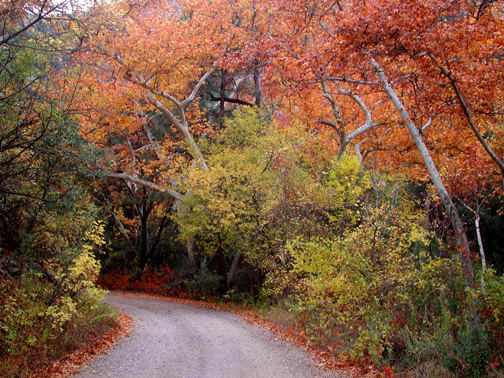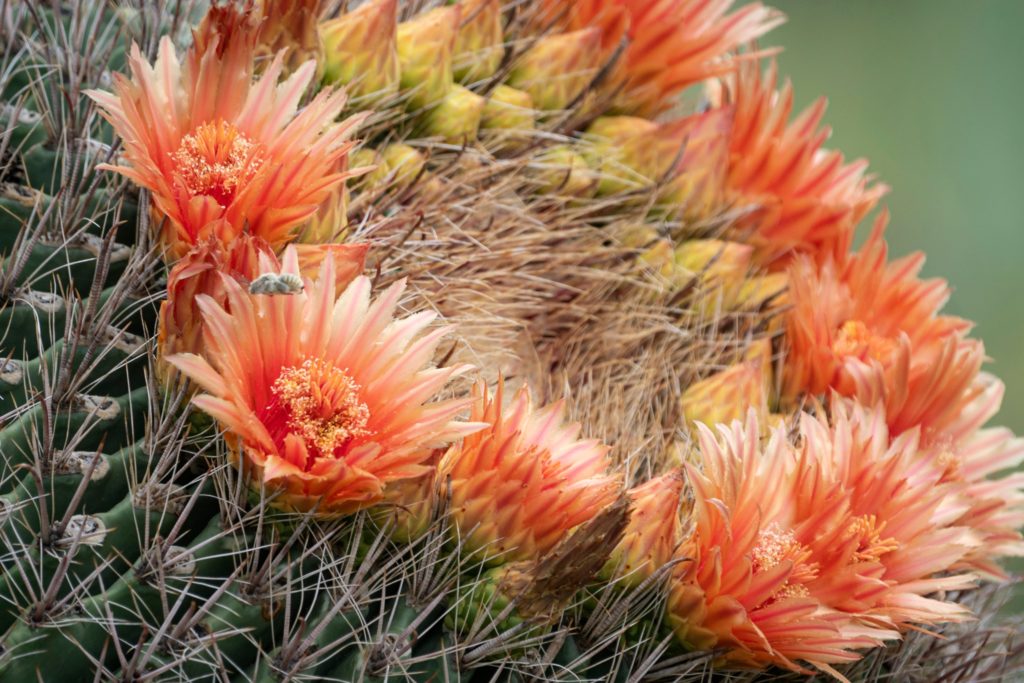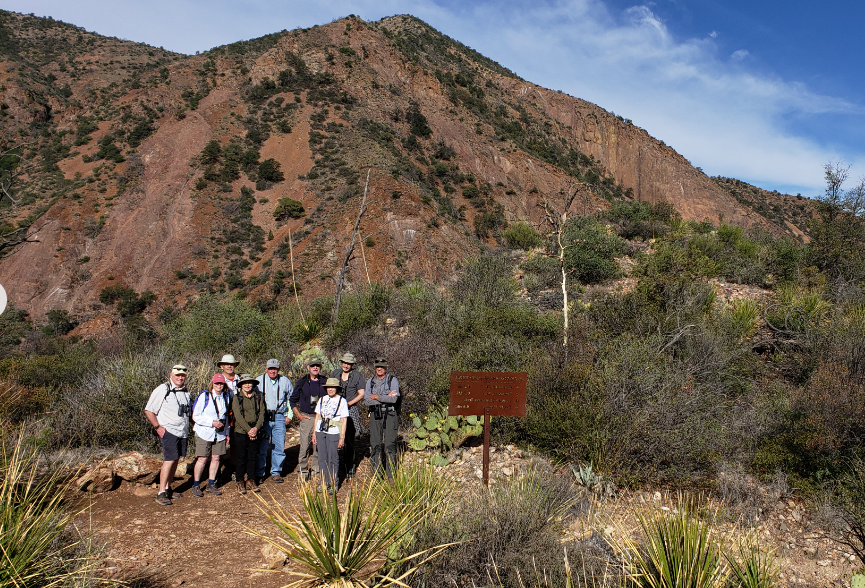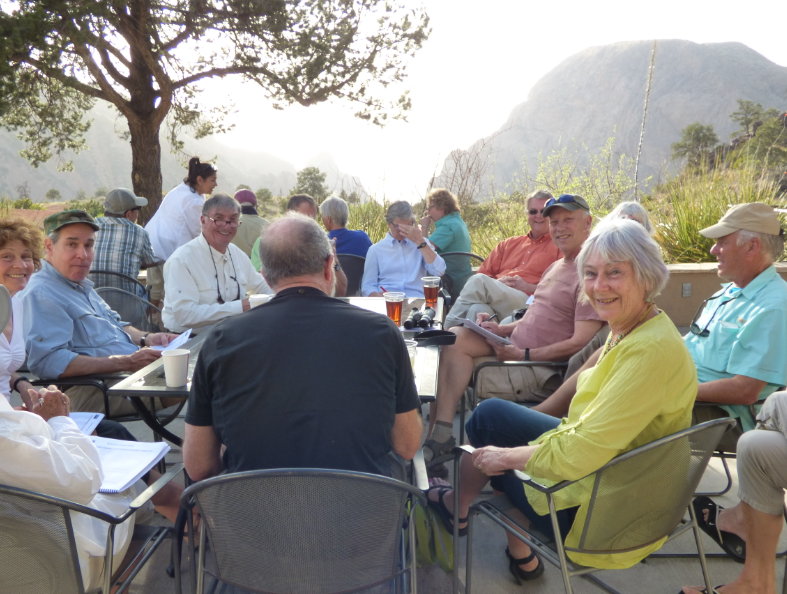Naturalist Journeys’ Portal, AZ headquarters is in the glorious Chiricahua Mountains, one of sixty ‘sky islands,’ in Arizona, New Mexico and northern Mexico. Small mountain ranges marooned by oceans of desert and scrub that lap at their foothills, sky islands are celebrated and studied for their dramatic biodiversity.

As one ascends 6,000 feet from the Sulphur Springs Valley to 9,795-foot-high Chiricahua Peak, Bark Scorpions, Gila Monsters, rattlesnakes and cactus eventually give way to alpine meadow, Red-faced Warblers and hibernating Black Bear. Somewhere in the middle, a young paddle cactus and a sapling Douglas fir can be found growing side by side.
“The Sky Islands connect two very different mountainous regions, the subtropical Sierra Madre of Mexico and the temperate Rocky Mountains of the United States,” per the US Forest Service. “The mixing of these southern and northern biotas is truly unique.”
Six different habitats converge in the Madrean Sky Islands, with representative plants and animals from the Sonora and Chihuahua Deserts, the Rocky Mountains, Great Plains, the Neotropics of Baja and the Sierra Madres. This intense biodiversity attracts not only birders, but “buggers”, “herpers” and “bat people”.
Climbing from valley floor to mountain peak of the tallest sky islands, there are nine life zones, writes the Sky Island Alliance, a non-profit that aims to protect and restore sky island diversity: “Sonoran Desert scrub, desert grassland, open oak woodland, canyon woodland, pine – oak woodland, pine – oak forest, pine forest, montane fir forest and subalpine forest.”

“They say it’s like driving from Mexico to Canada in an hour,” our founder and lead guide Peg Abbott explained to The New York Times writer Elaine Glusac, who wrote an excellent Sky Islands birding piece in 2021, featuring both Peg and Carrie!
Elaine came in search of Elegant Trogon, a migrant species often seen on our spring and Monsoon Madness Arizona tours, which she described this way:
“The Elegant Trogon, befitting its name, is clever. One can perch in a tree 10 feet overhead and draw little attention, though it’s come dressed for it, with a striking yellow beak, blush red breast topped with a white collar and metallic green back tapering, like tuxedo tails, to finely barred tail feathers.”
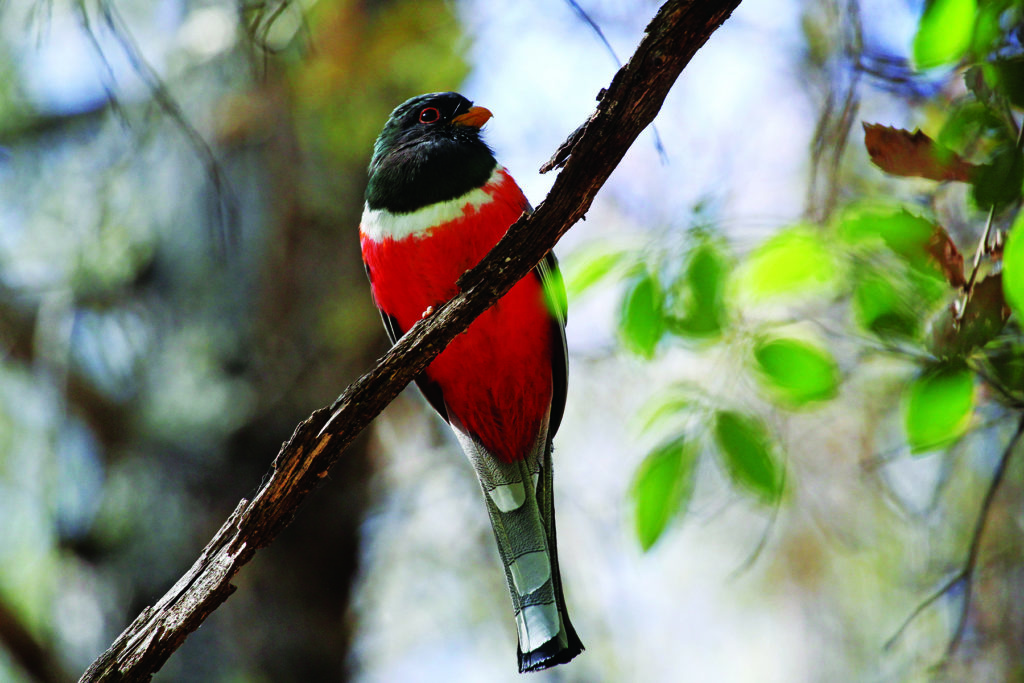
We have two upcoming fall and winter Southeast Arizona trips with chances to see overwintering Elegant Trogon, though many will have moved on to southern wintering grounds.
We often see several species of hummingbird on our fall and winter tours, along with Greater Roadrunner, Vermilion Flycatcher, Verdin, Gambel’s Quail, Pyrrhuloxia, Phainopepla, and other resident species, as we bask in warm sunshine. We are joined by wintering birds from parts north, including many thousands of Sandhill Crane, who also find the weather pleasant!
The diversity here goes well beyond birds. White-nosed Coati, Javelina, Pronghorn and Bobcat are commonly photographed on tours here, along with all manner of butterflies, bats, snakes, tortoises and the occasional Black Bear.
Our Sunshine and Saguaros tour Nov. 4 – 9 is a quick winter getaway that enjoys three nights and three great dinners in foodie, cultural Tucson, birding the surrounding Santa Ritas, Saguaro National Park and the Arizona-Sonoran Desert Museum before moving to Tubac, AZ, our base for exploring Madera and Montosa Canyons.
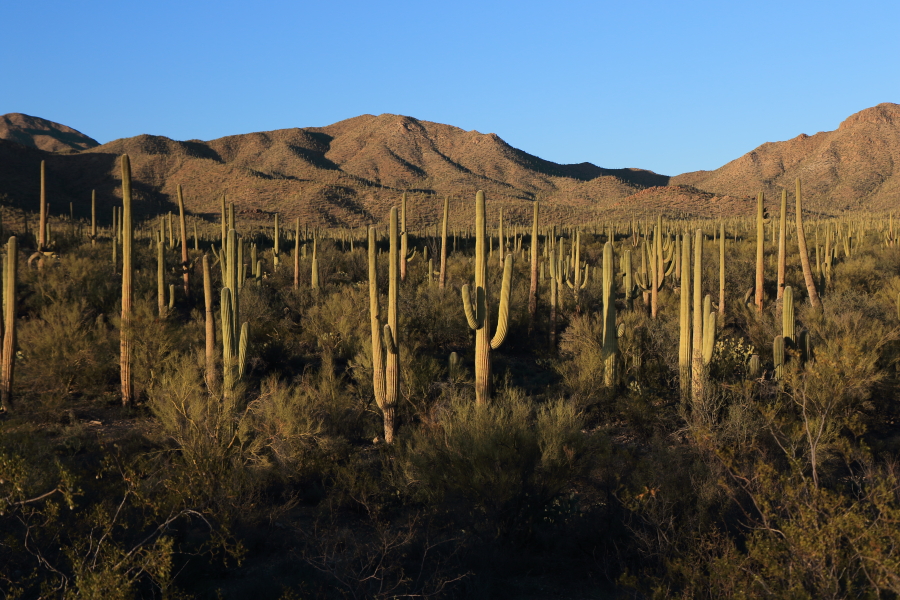
Slightly longer, our photo-friendly Nov. 9 – 16 Sky Island Fall Sampler tour, visits both the Huachuca and Chiricachua sky islands, spending two nights at one of our favorite BnB’s the world over, the fabulous Casa de San Pedro. From the hummingbird feeders to the homemade pie buffet to incredibly warm hospitality, it is a cherished stay for birders around the world.
This tour also comes to Portal, Naturalist Journeys’ HQ, spending four nights at Cave Creek Ranch, where our casitas stand among the shadows cast by the imposing, colorful rhyolite cliffs. Portal is known for its dark skies and fabulous night sky viewing, and we make time to look for owls and other night birds.
Arizona Highways magazine popularized the term ‘sky islands’ in 1943, when writer Natt N. Dodge called the Chiricahuas a “mountain island in a desert sea.”
But credit for the scientific concept goes to herpetologist Edward Taylor, who made the first reference to biodiverse mountain islands on the Mexican plateau in 1940, at the 8th American Scientific Congress in Washington, D. C.
Other Sky Islands
Since then, the sky islands concept has been extended to other places around the world, where their protection is important to guard biodiversity, including the Chisos Mountains in Texas, which we visit on our Texas Big Bend tours.
Mount Kilimanjaro and Mount Kenya in Eastern Africa are also sky islands, where one may travel from the tropics to the arctic by climbing in elevation, a trek described as traveling from the equator to the North Pole. Our trips to Uganda, Kenya and Tanzania in Eastern Africa are all birdier in part thanks to these forested East Africa reservoirs of diversity.
More Arizona Sky Islands Tour Details:
Arizona: Sunshine & Saguaros | November 4 – 9, 2023 | $2390 w/Peter Burke & Hugh Simmons
Indulge in warm desert days among saguaros as we walk trails in Saguaro National and Catalina State Parks with fine views of the surrounding sky island mountain ranges. Visit desert botanical gardens that hummingbirds frequent and the famed Sonoran Desert Museum. Northwest of the city, visit Santa Cruz Flats, where big agricultural fields create a winter birding hotspot with habitats ranging from turf farms to ponds and fields. We search for Yellow-headed Blackbird, Ferruginous Hawk and Crested Caracara. One section of the flats is a reliable spot to find three species of thrashers: Curve-billed, Bendire’s and with some luck, Le Conte’s.
Enjoy three nights in Tucson on this Southeast Arizona birding tour followed by two nights along the Santa Cruz River south of the city in view of the Santa Rita Mountains. At Madera and Montosa Canyons, Elegant Trogon may overwinter, feeding on fruits and on warm days, large insects. Trails near the artisan town of Tubac are ideal for natural history exploring. This tour makes a nice short getaway, or pairs perfectly with our Arizona Fall Sampler that ventures to Patagonia, the Huachuca Mountains near Sierra Vista, the San Pedro River and Sulphur Springs Valley.
Southeast Arizona: Sky Island Fall Sampler | Photo-Friendly
November 9 – 16, 2023 | $2,890 w/Peter Burke & Hugh Simmons
Southeast Arizona is home terrain for Naturalist Journeys and we’re so excited to share our favorite places. On this year’s fall Southeast Arizona nature tour we’ve invited Hugh Simmons, an accomplished photographer specializing in landscapes, to join us. We plan to set the pace of this one to let you work on photo composition, or simply to marvel at beauty.
Hugh provides photo tips for those that want to improve their skills; you can then practice on fall color landscapes and especially at feeders—brilliant birds. We begin at a fun western-themed hotel in Sonoita to have a chance to explore some beautiful grasslands at sunset and to visit the famous hummingbird feeders at Patagonia. We follow with two nights at the delightful Casa de San Pedro and end with four nights in Cave Creek Canyon at Portal, truly one of the most scenic canyons in the state. This is home turf for guide Peg Abbott and she’s eager to share her beloved terrain. Throughout our travels, we enjoy delicious, catered meals and dining at our favorite local restaurants.
This is not “normal” winter birding. Hummingbirds still linger here at several popular feeder sites—sit awhile and let the birds come to you! Fruiting trees and shrubs attract thrashers, robins and sometimes, rarities, like the Eared Quetzal in the fall of 2020.
Wintering Sandhill Cranes number in the tens of thousands; we watch them fly in at sunset to Whitewater Draw. Sparrows and allies winter in profusion, many from the Great Plains region. Southwestern mammals such as Coati, Javelina and even Ring-tailed Cat can be found. Raptors abound: Red-tailed Hawk of varied color phases, Ferruginous Hawk, Prairie Falcon, Peregrine, Merlin and more.

